In recent days, hot weather and high temperatures have made livestock and poultry susceptible to disease, heat shock and possible death, causing economic losses to livestock farmers. Therefore, the care, prevention and control of diseases for livestock at the present time need to be focused on.
 Livestock model of Ms. Le Thi Chinh's family, Vien village, Giao An commune (Lang Chanh).
Livestock model of Ms. Le Thi Chinh's family, Vien village, Giao An commune (Lang Chanh).
Poultry farmers are interested in proactive measures to protect their livestock from the heat, especially chickens because they are not heat-resistant. If the weather is above 39 degrees Celsius and is not cooled down in time, the chickens can get heatstroke and die en masse. The family of Ms. Le Thi Chinh, Vien village, Giao An commune (Lang Chanh) has developed a mixed farming model, including 200 pigs and 10,000 chickens. On hot days, her family focuses on implementing measures to protect their livestock. Ms. Chinh said: “Every day, the pigs are bathed and the barns are cleaned. For chicken farms, biological bedding is used; during this hot season, the animals are fed more in the early morning and late afternoon, reducing feeding at noon. At the same time, leaves are used to cover the roof of the barn to reduce the temperature of the barn. In addition, to ensure the safety of the animals, in addition to injecting all mandatory vaccines against dangerous infectious diseases as required by veterinary agencies, my family also regularly sprays disinfectants and sterilizes the livestock area to limit pathogens. Thanks to that, the family's pigs and chickens always grow healthy and do not get sick.”
Currently, the total buffalo herd in the province is 155,000, the cow herd is 248,000, the pig herd is 1.28 million, the poultry herd is 26.9 million, and the goat herd is 12,800. To protect livestock to grow healthily in hot weather conditions, the agricultural sector has issued many propaganda documents, instructing farmers on measures to prevent and combat heat, sun and diseases that often occur in the summer for each type of livestock. The provincial Department of Animal Husbandry and Veterinary Medicine organizes vaccinations for livestock and poultry according to plan to increase resistance and limit the risk of disease. Localities across the province are focusing on implementing the first phase of vaccination. Accordingly, by mid-April 2024, 4,998,000 animals had been vaccinated against avian influenza, reaching 69.13% of the vaccination area; 150,015 cattle and buffalo were vaccinated against foot-and-mouth disease, reaching 67.2% of the vaccination area; 148,590 cattle and buffalo were vaccinated against anthrax, reaching 66.55% of the vaccination area; 103,205 cattle and buffalo were vaccinated against lumpy skin disease, reaching 46.22% of the vaccination area; 229,516 cattle were vaccinated against swine erysipelas, reaching 55.35% of the vaccination area; 265,086 cattle were vaccinated against swine fever, reaching 63.93% of the vaccination area. The provincial Department of Animal Husbandry and Veterinary Medicine also recommends that people separate livestock showing signs of infectious diseases from the herd for monitoring and immediately report to local authorities and veterinary agencies at all levels to organize investigation, verification and timely implementation of disease prevention and control measures. Along with that, livestock farmers in the province proactively take measures to protect their livestock by arranging the density, suitable for the barn area; installing cooling and sanitation systems for barns; paying attention to livestock waste treatment to limit heat generation, causing environmental pollution; stocking up on some vitamins and electrolytes to cool down livestock on hot days...
In the first 4 months of the year, the Provincial Department of Animal Husbandry and Veterinary Medicine has implemented a plan to monitor the circulation of avian influenza virus, African swine fever and post-vaccination surveillance in the province, specifically: taking 100 Swab samples to monitor the circulation of swine flu; 20 combined Swab samples to monitor the circulation of avian influenza; 50 samples to monitor the circulation of African swine fever and is continuing to prepare to deploy the work of taking samples for post-vaccination surveillance. The work of controlling and quarantine veterinary animals transported out of the province and at animal quarantine stations at traffic hubs has been carried out in accordance with the quarantine process and procedures, without errors during the implementation process; ensuring that animals transported in and out of the province are inspected. In 4 months, more than 300 cows have been quarantined; 84,000 pigs over 15kg; more than 90,400 farmed pigs; 938,000 breeding poultry; 1,400,000 poultry slaughtered... Recently, there have been many heat waves, which have significantly affected livestock farming, but thanks to proactive implementation of protective measures, livestock farming in the province has developed relatively stably, with no major epidemics occurring.
Article and photos: Khanh Phuong
Source




![[Photo] Prime Minister Pham Minh Chinh chairs the conference to review the 2024-2025 school year and deploy tasks for the 2025-2026 school year.](https://vstatic.vietnam.vn/vietnam/resource/IMAGE/2025/8/22/2ca5ed79ce6a46a1ac7706a42cefafae)
![[Photo] President Luong Cuong receives delegation of the Youth Committee of the Liberal Democratic Party of Japan](https://vstatic.vietnam.vn/vietnam/resource/IMAGE/2025/8/22/2632d7f5cf4f4a8e90ce5f5e1989194a)

![[Photo] President Luong Cuong attends special political-artistic television show "Golden Opportunity"](https://vstatic.vietnam.vn/vietnam/resource/IMAGE/2025/8/22/44ca13c28fa7476796f9aa3618ff74c4)







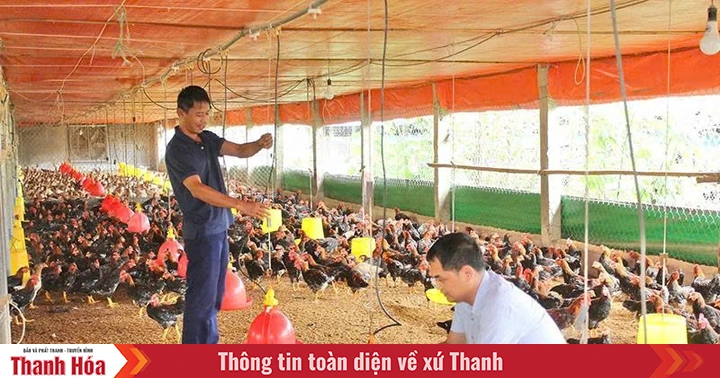



![[E-Magazine]: That place is so passionate that it makes your heart flutter](https://vstatic.vietnam.vn/vietnam/resource/IMAGE/2025/8/22/ac7c83ddf6dc43a49a177f8f8bc2262d)









































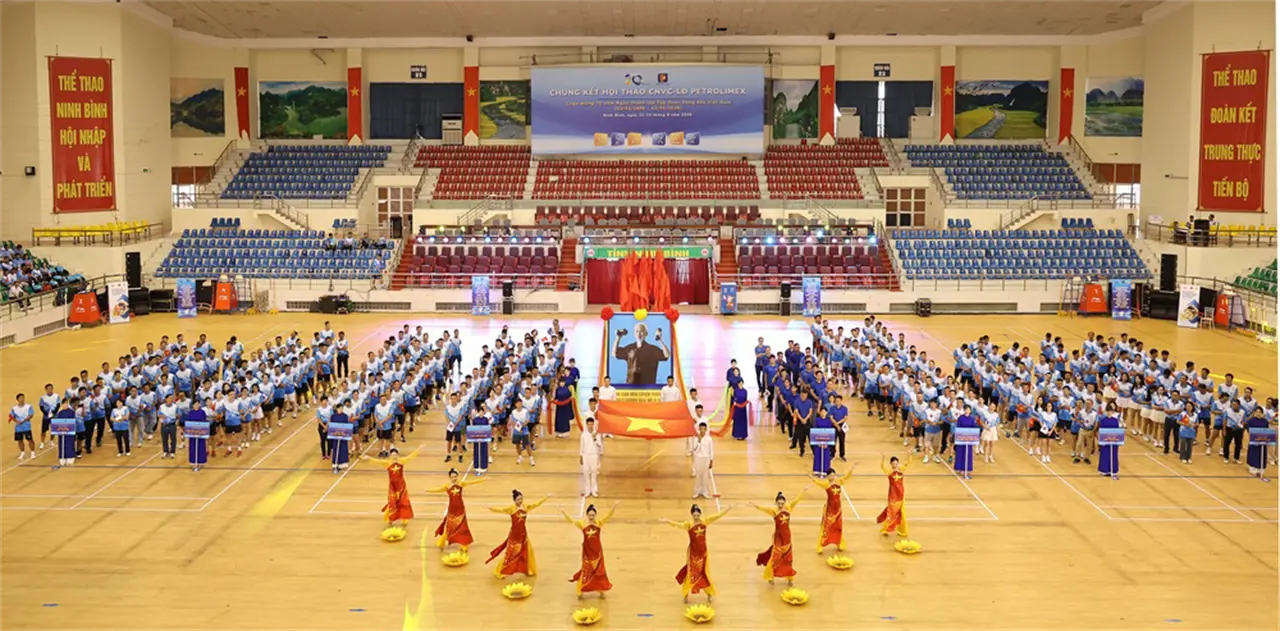









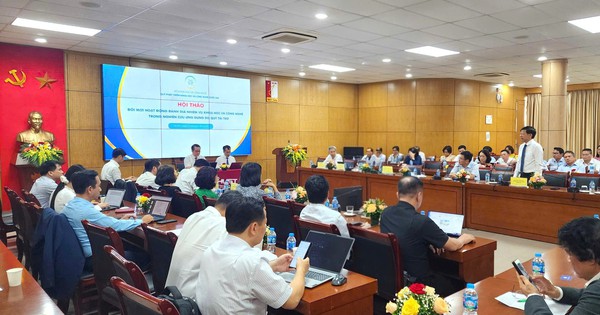




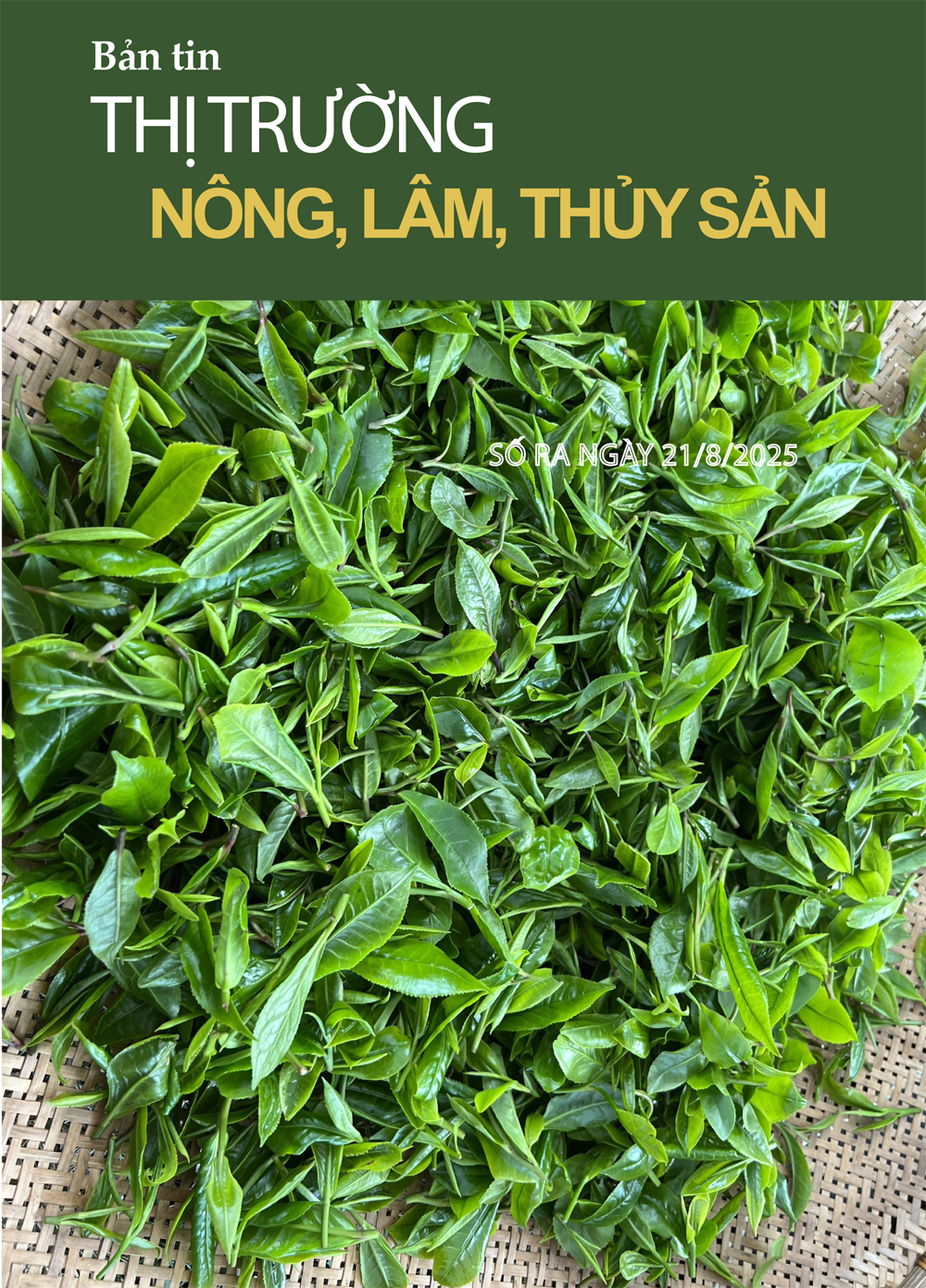



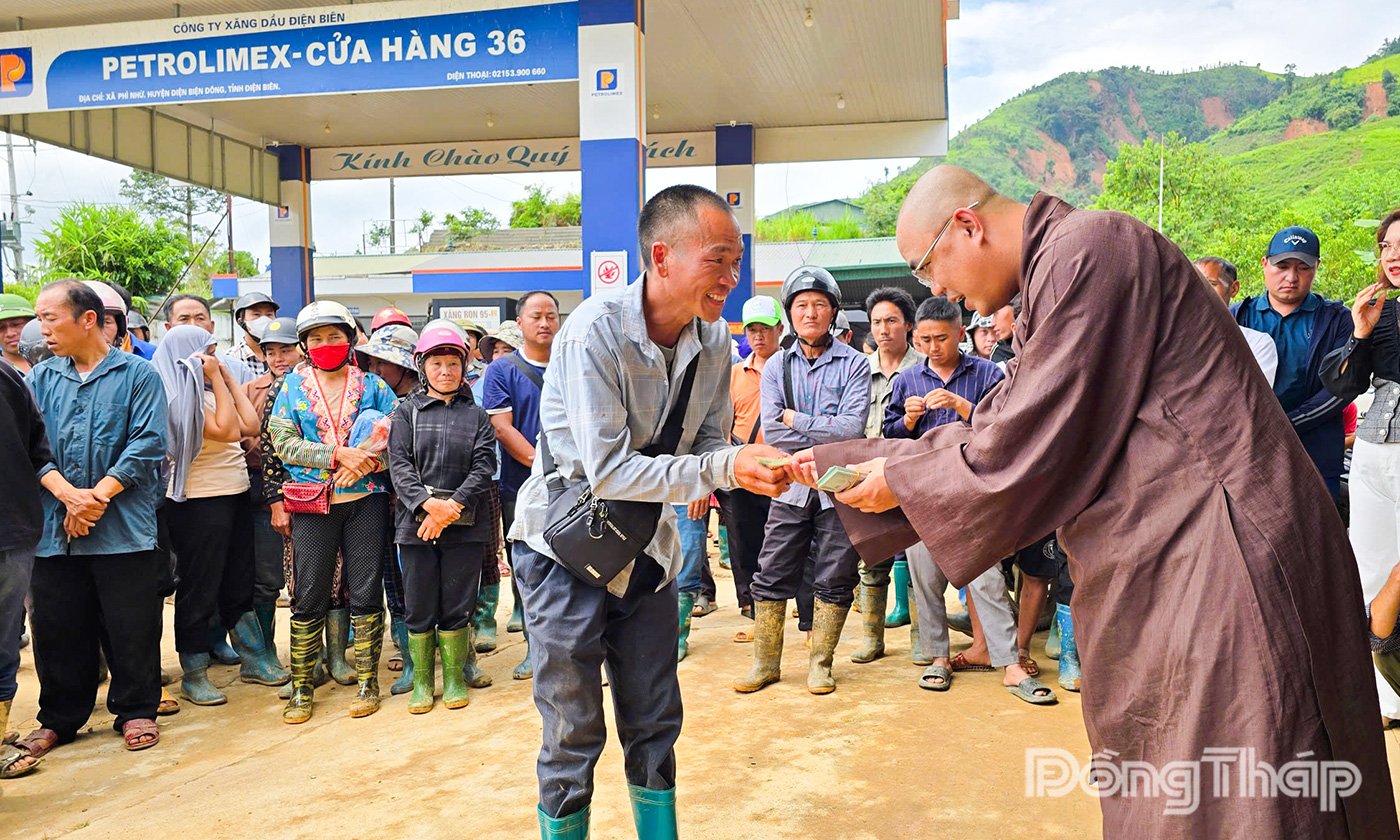



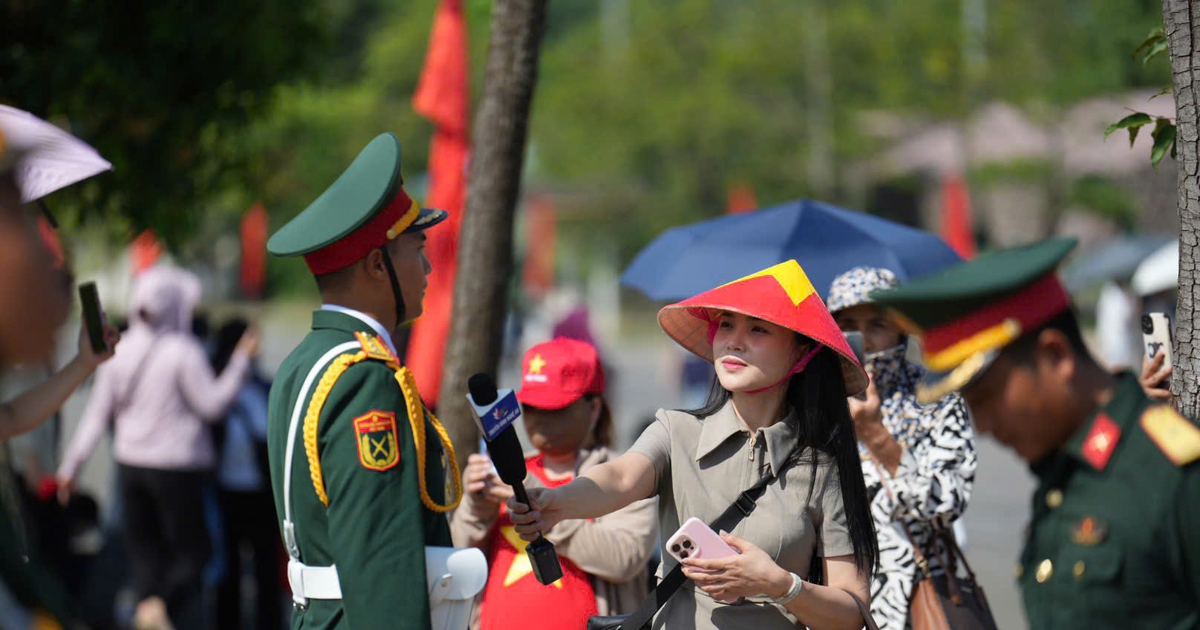


















Comment (0)